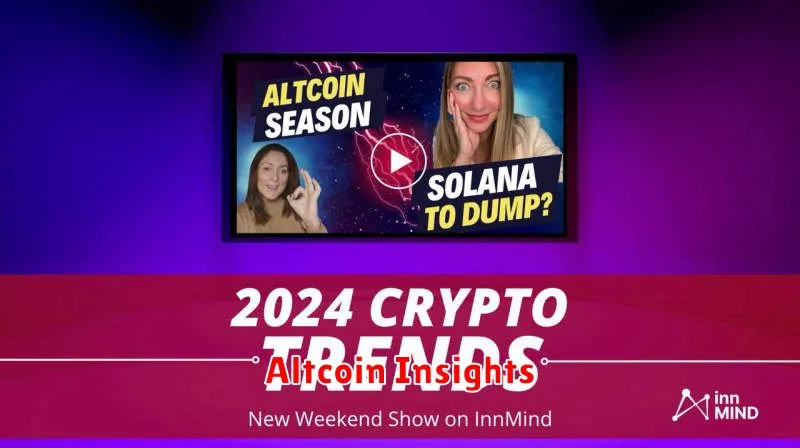The cryptocurrency market is constantly evolving, and 2025 promises to be another exciting year for altcoin investors. This article unveils the Top 10 Altcoins to Watch in 2025, a carefully curated list of promising projects poised for significant growth. We’ll delve into the best altcoins to invest in, considering factors such as market capitalization, technology, adoption rate, and future potential. Prepare to discover the top performing altcoins and learn how to navigate the exciting world of cryptocurrency investment in the new year. Whether you are a seasoned investor or a newcomer looking to diversify your portfolio, our analysis will equip you with the knowledge you need to make informed decisions. Discover the potential hidden gems and high-growth altcoins that could revolutionize your investment strategy.
Avalanche (AVAX)

Avalanche (AVAX) is a Layer-1 blockchain designed for speed and scalability. It utilizes a novel consensus mechanism to achieve high transaction throughput and low latency. Its platform supports the creation of decentralized applications (dApps) and custom blockchains, offering developers a robust ecosystem for building innovative projects.
Key features include its fast transaction speeds, low fees, and interoperability with other blockchains through its Subnets. Its robust ecosystem, coupled with its focus on enterprise adoption, makes AVAX a promising altcoin to watch in 2025. The continued development and adoption of its platform will be crucial factors in its future performance.
However, market volatility remains a significant risk factor for all cryptocurrencies, including AVAX. Investors should conduct thorough research and consider their own risk tolerance before investing.
Cardano (ADA)
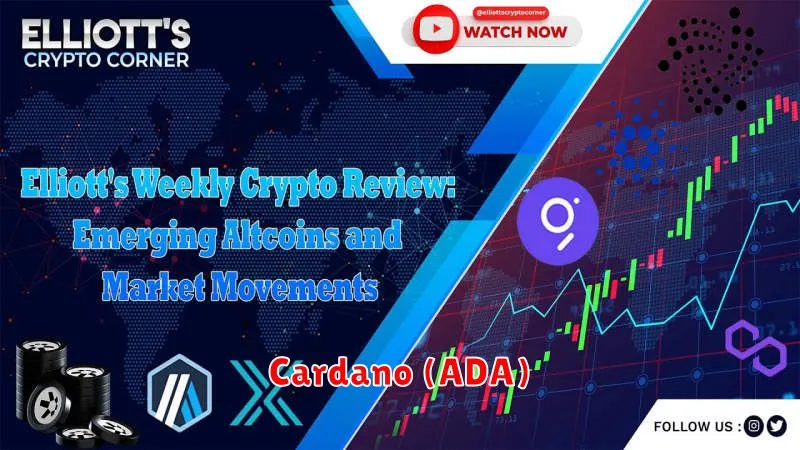
Cardano (ADA) is a blockchain platform focused on scalability and sustainability. It employs a layered architecture separating the settlement layer (Cardano) from the computation layer (Plutus), allowing for greater flexibility and efficiency. This design aims to address some of the limitations faced by other blockchain networks.
Key features include its peer-reviewed academic approach to development, proof-of-stake (PoS) consensus mechanism for energy efficiency, and smart contract functionality via Plutus. The platform supports decentralized applications (dApps) and aims to facilitate secure and transparent transactions.
While Cardano has seen growth, its future performance remains subject to market fluctuations and technological advancements within the broader cryptocurrency space. Its focus on academic rigor and sustainable development could be a key differentiator in the competitive cryptocurrency market, but success isn’t guaranteed.
Potential for 2025 hinges on the successful adoption of its features by developers and users, coupled with positive market sentiment toward cryptocurrencies in general. Increased dApp development and network activity will be crucial factors to watch.
Solana (SOL)
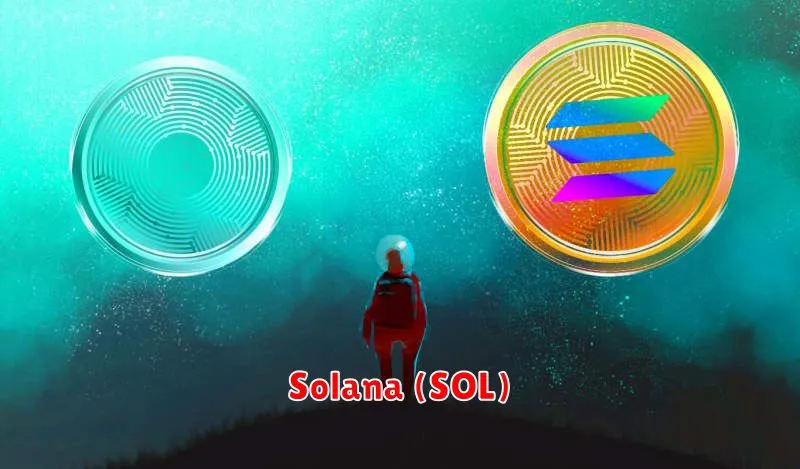
Solana is a high-performance blockchain known for its speed and scalability. It utilizes a novel hybrid consensus mechanism, combining proof-of-history and proof-of-stake, to achieve significantly faster transaction speeds than many other blockchains. This makes it attractive for various applications, including decentralized finance (DeFi) and non-fungible token (NFT) marketplaces.
In 2025, Solana’s success will depend on its ability to maintain its performance while addressing past network instability issues. Continued development and adoption of its ecosystem are crucial factors to watch. Scalability remains a key selling point, making it potentially well-positioned for mainstream adoption if these challenges are overcome.
Investment in Solana should be considered carefully, understanding the inherent risks associated with cryptocurrency investments. The project’s future success hinges on its technological advancements, community growth, and overall market conditions.
Polkadot (DOT)

Polkadot is a layer-0 blockchain designed to connect various blockchains, enabling interoperability and scalability. Its unique architecture allows different blockchains to communicate and share data seamlessly, overcoming limitations faced by many individual networks.
DOT, Polkadot’s native token, is crucial for network governance, staking, and securing the network. Its value is intrinsically linked to the success and adoption of the Polkadot ecosystem.
In 2025, Polkadot’s potential lies in its growing ecosystem of parachains, which are specialized blockchains operating within the Polkadot network. Increased adoption of these parachains could drive demand for DOT and increase its overall utility.
However, competition from other interoperability solutions and potential technological challenges remain risks to consider. The success of Polkadot’s ecosystem and its ability to attract developers and users will be key determinants of DOT’s performance in 2025.
Polygon (MATIC)
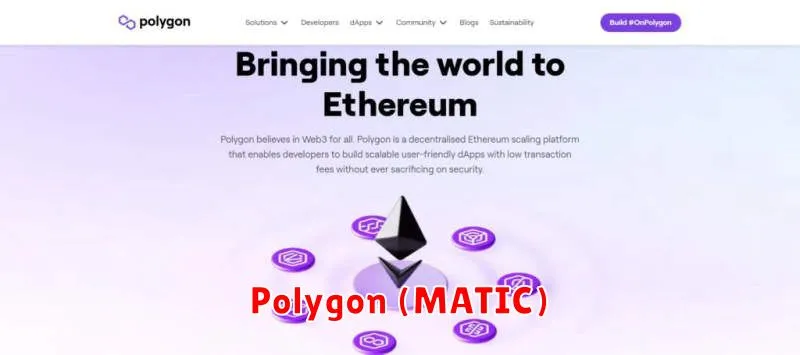
Polygon, formerly known as Matic Network, is a Layer-2 scaling solution built on top of the Ethereum blockchain. Its primary function is to improve Ethereum’s scalability and transaction speed, addressing the network’s congestion and high gas fees.
Key features include its various scaling solutions, such as Plasma and zkRollups, which allow for faster and cheaper transactions. Polygon also boasts a thriving ecosystem of decentralized applications (dApps) and a growing community.
In 2025, Polygon’s potential lies in its continued adoption as a preferred scaling solution for Ethereum. Its focus on interoperability and its expanding development community suggest strong growth prospects. However, competition from other Layer-2 solutions and the overall cryptocurrency market volatility represent potential challenges.
Investors should consider Polygon’s technological advancements, community strength, and the overall adoption of Ethereum scaling solutions when assessing its future performance. While promising, it is important to acknowledge the inherent risks associated with cryptocurrency investments.
Algorand (ALGO)

Algorand (ALGO) is a pure proof-of-stake (PoS) blockchain designed for scalability, security, and decentralization. Its unique consensus mechanism ensures fast transaction speeds and low fees, making it attractive for various applications.
Key features include its ability to handle a large number of transactions per second, its environmentally friendly nature due to its low energy consumption, and its focus on smart contracts and decentralized applications (dApps).
In 2025, ALGO‘s potential lies in its continued development and adoption within the DeFi and NFT sectors. Further advancements in scalability and the expansion of its ecosystem could lead to significant price appreciation.
However, risks include competition from other layer-1 blockchains and the overall volatility of the cryptocurrency market. Careful consideration of these factors is essential before investing.
Hedera (HBAR)

Hedera Hashgraph (HBAR) is a public distributed ledger offering high throughput and low latency transactions. Unlike blockchain’s block-based structure, Hedera utilizes a hashgraph consensus mechanism, resulting in significantly faster transaction speeds and improved scalability. This makes it a compelling option for various applications requiring rapid and efficient processing.
Key features of Hedera include its decentralized governance model, energy efficiency compared to proof-of-work blockchains, and focus on enterprise-level solutions. Its robust infrastructure supports a wide range of use cases, from decentralized finance (DeFi) to supply chain management and digital identity solutions.
Potential for growth in 2025 is driven by increasing adoption of its technology by businesses seeking scalable and secure solutions. Ongoing development and partnerships could further solidify Hedera’s position as a leading enterprise-grade blockchain alternative. However, competition from other established and emerging platforms remains a factor to consider.
Chainlink (LINK)
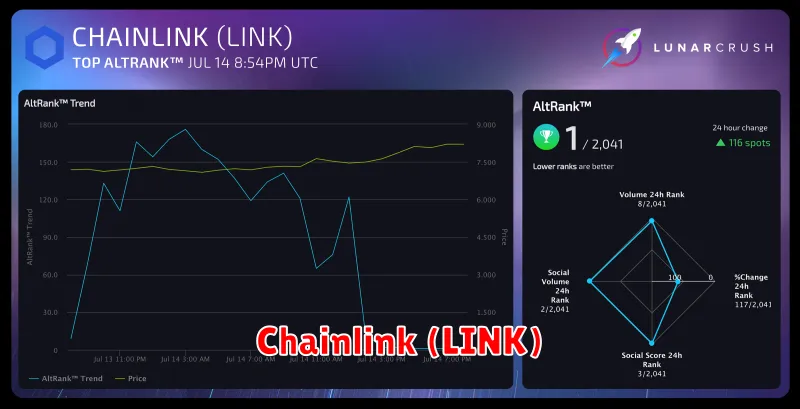
Chainlink aims to bridge the gap between blockchain technology and the real world by providing secure and reliable oracles. These oracles feed real-world data into smart contracts, enabling a wider range of applications.
In 2025, Chainlink’s potential lies in its expanding ecosystem and increasing adoption across diverse sectors. Its decentralized nature and focus on data security position it as a key player in the future of smart contracts and decentralized applications (dApps).
Key factors to watch for include the growth of its network, the expansion of its partnerships, and the development of new use cases for its oracle technology. Its continued innovation could solidify its position as a leading altcoin.
Near Protocol (NEAR)
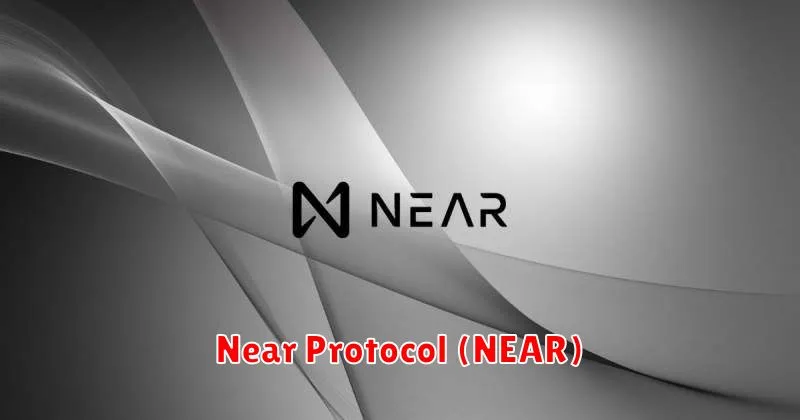
Near Protocol (NEAR) is a layer-1 blockchain aiming to provide a user-friendly and scalable platform for decentralized applications (dApps). Its focus on developer experience and ease of use differentiates it from other competitors. Near uses a sharding mechanism to achieve high throughput and low transaction fees.
Key features include its fast transaction speeds, low fees, and a robust ecosystem of developers and projects. Its nightshade sharding solution promises to maintain scalability as the network grows. The platform’s focus on user-friendliness aims to attract a wider range of users beyond seasoned crypto enthusiasts.
Looking ahead to 2025, NEAR‘s potential hinges on continued adoption of its platform by developers and users. Success in attracting significant decentralized finance (DeFi) projects and non-fungible token (NFT) marketplaces could be a significant driver of growth. Further enhancements in its scalability and developer tooling will be crucial for sustained momentum.
Fantom (FTM)
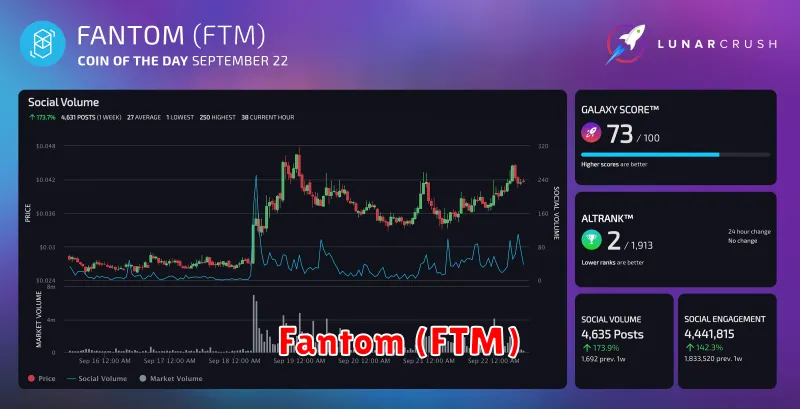
Fantom (FTM) is a layer-1 blockchain designed for high throughput and low latency. Its a directed acyclic graph (DAG) architecture aims to overcome the scalability limitations of traditional blockchains. This allows for faster transaction speeds and lower fees, making it attractive for various decentralized applications (dApps).
Key features include its Lachesis consensus mechanism, providing fast finality and high scalability, and its interoperability capabilities allowing for communication with other blockchains. The project focuses on providing a robust infrastructure for decentralized finance (DeFi) and other applications.
While FTM has shown promise, potential investors should conduct thorough research and understand the inherent risks associated with investing in cryptocurrencies. Market volatility and technological advancements can significantly impact its future performance.

